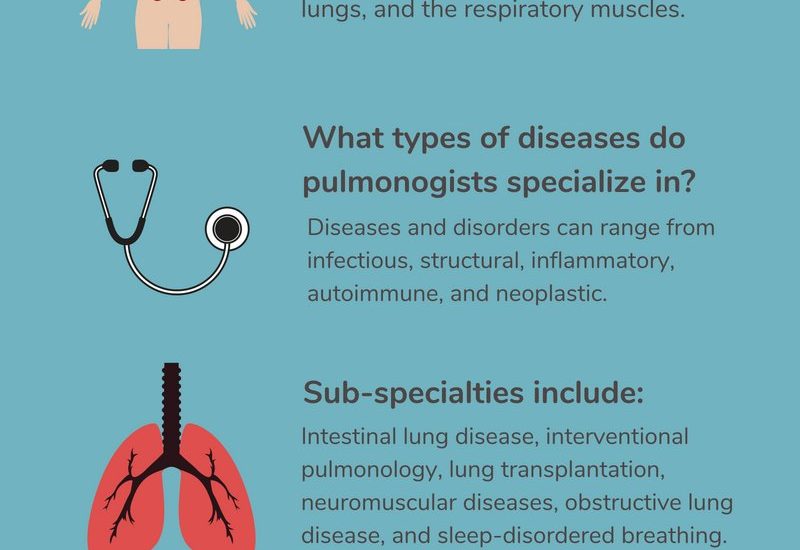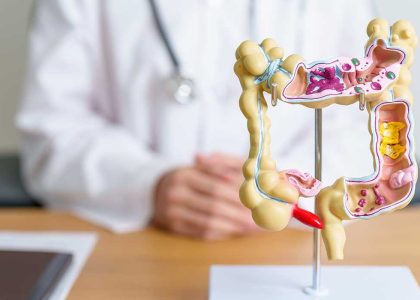When seeing a pulmonologist, you can expect thorough respiratory evaluations. These specialists focus on diagnosing and treating lung conditions. Expect a detailed discussion about your medical history and symptoms. Your pulmonologist will use various tests to pinpoint the root cause of your respiratory issues. Prepare for personalized treatment plans tailored to your specific needs. In this article, we’ll delve deeper into what to expect when seeing a pulmonologist.
What to Expect When Seeing a Pulmonologist
Welcome to our guide on what to expect when visiting a pulmonologist, a doctor who specializes in treating conditions related to the respiratory system. Whether you’re visiting a pulmonologist for the first time or have a chronic lung condition, knowing what to expect can help alleviate any concerns and prepare you for your appointment. Let’s dive into the details of what a typical visit to a pulmonologist entails.
1. Scheduling Your Appointment
The first step in seeing a pulmonologist is scheduling an appointment. You may be referred to a pulmonologist by your primary care physician if you are experiencing respiratory symptoms such as shortness of breath, persistent cough, or chest pain. If you are seeking a pulmonologist on your own, ensure that the physician accepts your insurance and has availability that fits your schedule.
2. Preparing for Your Appointment
Before your visit, make sure to gather all relevant medical records, including any previous test results or imaging studies related to your respiratory health. It is also helpful to create a list of your symptoms, medical history, current medications, and any questions you may have for the pulmonologist. Being well-prepared will allow the doctor to have a comprehensive understanding of your health situation.
3. Checking In at the Office
When you arrive at the pulmonologist’s office, you will be asked to complete paperwork, including medical history forms and insurance information. You may also be requested to provide a list of your current medications and any allergies you have. It is essential to arrive early for your appointment to complete these forms without feeling rushed.
4. Meeting with the Pulmonologist
During your appointment, the pulmonologist will review your medical history, discuss your symptoms, and perform a physical examination focused on your respiratory system. Be prepared to answer questions about when your symptoms started, how they have progressed, and what makes them better or worse. The doctor may also order additional tests, such as pulmonary function tests or imaging studies, to further evaluate your condition.
5. Discussing Treatment Options
After evaluating your medical history and test results, the pulmonologist will discuss potential treatment options tailored to your specific condition. Treatment may include medication, pulmonary rehabilitation, oxygen therapy, or lifestyle modifications. It is essential to ask questions and clarify any doubts you may have about your treatment plan to ensure you have a good understanding of your care.
6. Follow-Up Visits and Monitoring
Depending on your condition, the pulmonologist may recommend follow-up visits to monitor your progress and adjust your treatment plan as needed. Regular monitoring is crucial for managing chronic respiratory conditions and ensuring optimal lung health. Follow the doctor’s instructions diligently and report any new symptoms or concerns between appointments.
7. Lifestyle Recommendations and Support
In addition to medical treatment, the pulmonologist may provide lifestyle recommendations to improve your respiratory health. This may include smoking cessation support, exercise guidelines, dietary advice, and tips for managing stress. Incorporating these recommendations into your daily routine can have a positive impact on your lung function and overall well-being.
8. Seeking Emergency Care
If you experience sudden and severe respiratory symptoms, such as difficulty breathing, chest pain, or coughing up blood, seek immediate medical attention by calling 911 or going to the nearest emergency room. It is essential to recognize the signs of a respiratory emergency and act promptly to prevent further complications.
By knowing what to expect when seeing a pulmonologist and actively participating in your care, you can take control of your respiratory health and work towards improving your quality of life. Remember that your pulmonologist is there to support you every step of the way and help you breathe easier.
We hope this guide has provided valuable insights into the process of visiting a pulmonologist. If you have any further questions or would like to share your experiences, feel free to leave a comment below. Take care of your lungs, and stay healthy!
When to See a Pulmonologist
Frequently Asked Questions
What are common reasons to see a pulmonologist?
A pulmonologist specializes in treating conditions related to the respiratory system, such as asthma, COPD, pneumonia, and lung cancer. If you have persistent coughing, difficulty breathing, chest pain, or other respiratory symptoms, your primary care physician may refer you to a pulmonologist for further evaluation and treatment.
What should I bring to my first appointment with a pulmonologist?
For your initial visit with a pulmonologist, it is helpful to bring your medical history, including any relevant test results, list of current medications, and information about your symptoms. You may also need to bring your insurance information and a form of identification.
What can I expect during a consultation with a pulmonologist?
During your appointment with a pulmonologist, you can expect a thorough evaluation of your respiratory symptoms and medical history. The pulmonologist may perform breathing tests, such as spirometry, and may recommend additional tests, such as chest X-rays or CT scans, to help diagnose your condition.
How is a treatment plan determined by a pulmonologist?
After evaluating your symptoms and test results, a pulmonologist will work with you to develop a personalized treatment plan. This plan may include medications, lifestyle changes, pulmonary rehabilitation, or other interventions tailored to your specific respiratory condition and overall health.
What follow-up care is typically recommended by a pulmonologist?
Depending on your diagnosis and treatment plan, a pulmonologist may recommend regular follow-up appointments to monitor your progress, adjust your treatment as needed, and address any new symptoms or concerns. It is important to adhere to the recommended follow-up schedule to ensure the best possible outcomes for your respiratory health.
Final Thoughts
In conclusion, when seeing a pulmonologist, expect a thorough evaluation of your respiratory health through tests like spirometry and imaging. The pulmonologist will discuss your symptoms, medical history, and treatment options with you. Be prepared to receive personalized care and guidance on managing respiratory conditions effectively. Trust the expertise of your pulmonologist to provide comprehensive care tailored to your specific needs when you visit their office.






